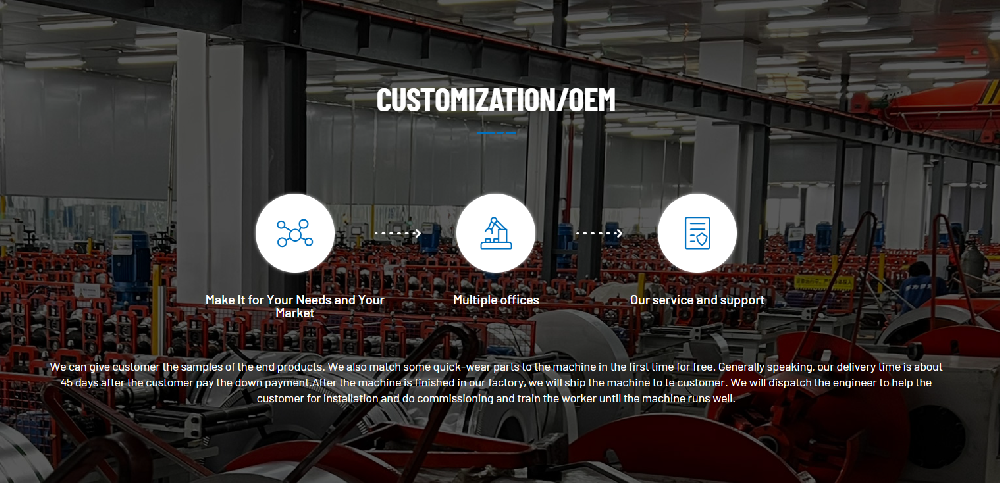Navigation Menu
Contact Us
- Email:
- info@wxavatar.com
- Address:
- Yurong Village, Yuqi Street, Huishan District, Wuxi, China.
Release Date:Jun 15, 2025 Visit:42 Source:Roll Forming Machine Factory
Highway guardrails play a key role in roadway safety by helping to reduce the severity of accidents. Over time, these structures may face wear and tear due to weather conditions, vehicle impacts, and material aging. This raises an important question: how often should highway guardrails be replaced?

Factors That Influence Guardrail Replacement
The replacement cycle of highway guardrails does not follow a fixed timeline. It is typically determined by several factors, including:
1. Guardrail Material Durability
Guardrails made from different materials, such as galvanized steel or composite structures, have varying service lives. Steel guardrails generally last longer but may still experience corrosion or weakening over time, especially in areas with high moisture levels or exposure to road salts.
2. Traffic Volume and Accident Frequency
Highways with heavy traffic or frequent accidents tend to place more stress on guardrails. In areas where guardrails are regularly impacted by vehicles, earlier replacement or more frequent inspections may be necessary.
3. Weather and Environmental Conditions
Guardrails located in regions with harsh winters, heavy rains, or strong sunlight may deteriorate more quickly. Environmental exposure can cause rust, weakening of joints, or fading of reflective elements, all of which can affect performance.
4. Inspection and Maintenance Standards
Routine inspections are essential for determining guardrail condition. Many highway authorities recommend scheduled inspections, sometimes annually or biannually, depending on local policies. If damage or significant wear is detected, immediate repair or replacement may be required to maintain safety.
Typical Replacement Intervals
Although there is no universal schedule, guardrails often have a service life ranging from 20 to 30 years under normal conditions. However, this period can be shorter in high-impact zones or areas with severe weather. Regular maintenance can extend the lifespan, but if guardrails show signs of structural weakness, misalignment, or reduced visibility, they may need to be replaced sooner.
Importance of Timely Replacement
Timely replacement of guardrails helps ensure their ability to perform during accidents. Outdated or damaged guardrails may fail to absorb collision forces effectively, which could lead to more severe consequences for road users. By replacing guardrails before they reach critical wear levels, highway authorities can maintain a safer driving environment.

Conclusion
There is no single answer to how often highway guardrails should be replaced, as the decision depends on material quality, traffic conditions, environmental exposure, and inspection results. Regular assessments and prompt action when damage is found are essential to keeping guardrails functional and effective. By following careful maintenance practices, road safety can be consistently supported.